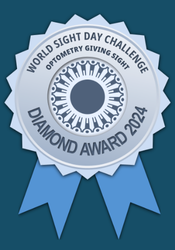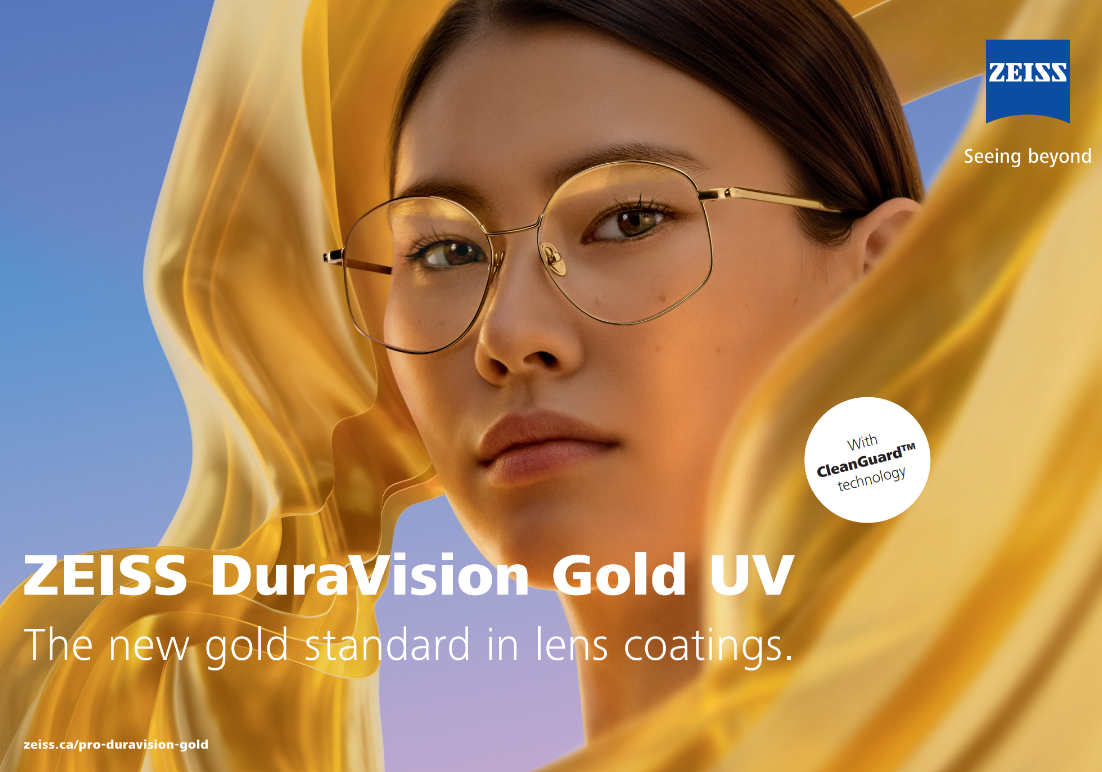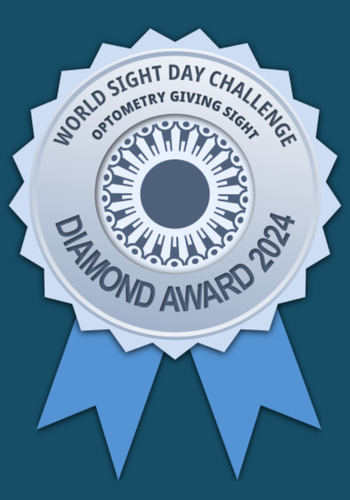Reading becomes more and more difficult for contact lens wearers over 40
It’s become a familiar story to many of us. One day everything seems to be working well. Then, overnight, you can’t comfortably read the fine print in the newspaper or the menu at the restaurant, no matter how far away you hold it. It’s official – an age-related condition called “presbyopia” is setting in.
It doesn’t actually happen overnight. Presbyopia – a change in the eye’s ability to focus at close
range – happens gradually over time. As your eye’s reading point drops further and further back, one day it becomes noticeable. If you wear contacts it can be especially frustrating as you cannot make adjustments, such as shifting the position of your glasses, to minimize the blurring.
These symptoms will usually prompt a trip to see one of our eye doctors. He or she will explain to you that while you will not likely have to give up your contacts, some adjustments will need to be made.
It’s particularly important that we understand exactly how you use your eyes over the course of your typical day. Heavy use of computers or several hours of reading may make it harder to continue to wear contact lenses, especially in dry environments like Southern Alberta. The reduced blinking of your eyelids while using the computer screen can result in a thin tear film, which can contribute to blurry vision. This is because one of the tear film’s main functions is to provide a smooth surface for light to pass through, influencing clarity of vision. If you are active in sports you may find it increasingly more difficult to read your watch or heart rate monitor
Fortunately there are solutions. Multifocal contact lens designs help your eyes deal with the weakening near vision by alternately focusing the light between distance and near, via a number of different designs. There are daily disposable options, biweekly replacement as well as monthly replacement available. Some rely on our eye’s natural dominance tendency (our brains tend to selectively focus with one eye more than the other) whereas others use both eyes simultaneously. There are even multifocal contact lenses that correct for astigmatism.
The best option will be provided to you once we have performed an exam and discussed your specific vision requirements. Don’t give up hope! Contact lenses are no longer just for kids and young adults.












